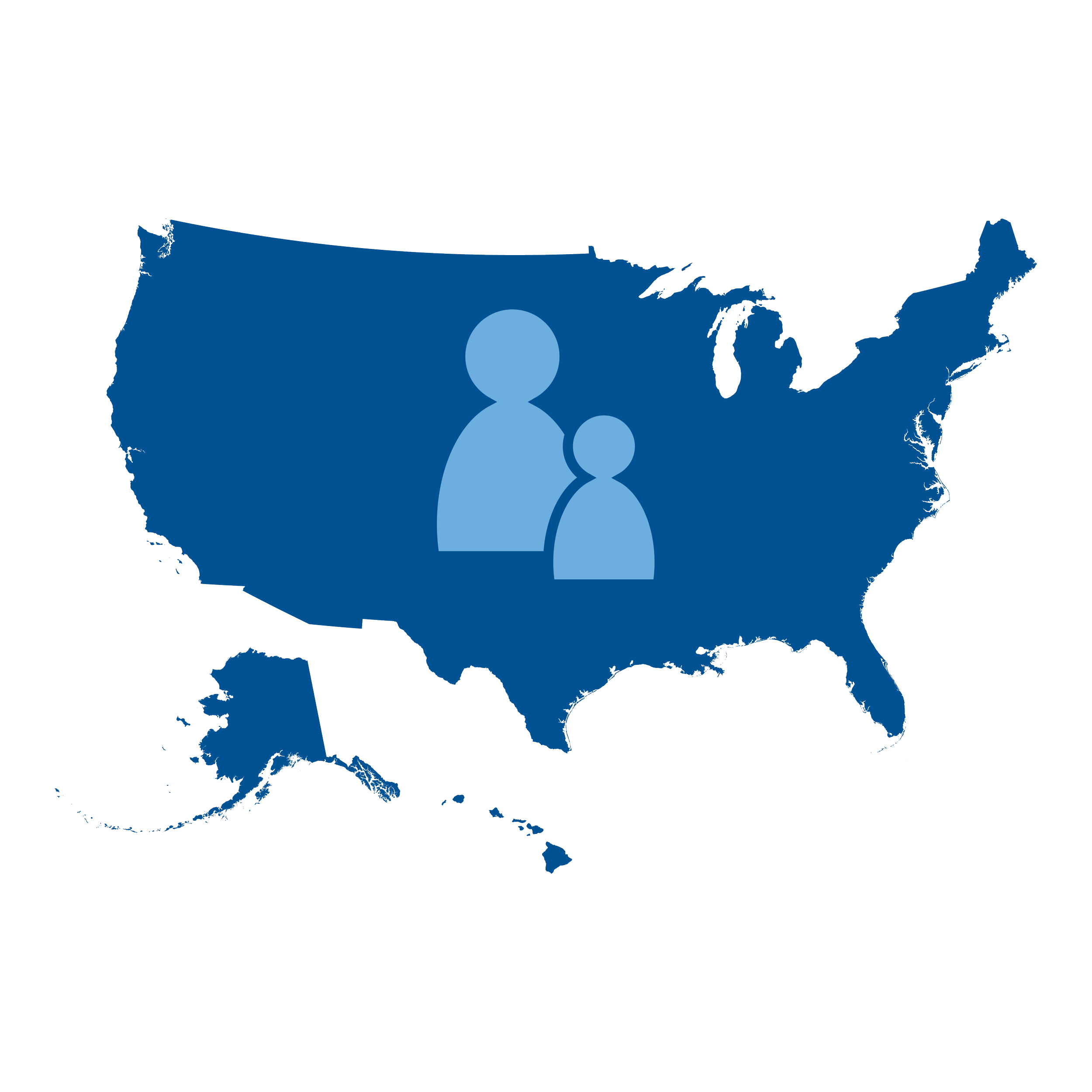
The Role of Government Transfers in the Child Poverty Gap by Race and Ethnicity: A Focus on Black, Latino, and White Children
This brief provides insights into the impact of government assistance on shaping racial and ethnic inequities in child poverty. It provides an update to a prior analysis of the Black-White child poverty gap and introduces new findings on the Latino-White child poverty gap.

The Child Tax Credit and Family Well-Being: An Overview of Reforms and Impacts
This publication discusses the structure of the Child Tax Credit and its effects on childhood poverty and other indicators of well-being during three distinct phases of the American Rescue Plan.

Starting Sooner: Should Cash Payments Begin During Pregnancy?
This policy brief reviews the research on the potential impact of cash payments to families during pregnancy on birth and longer term outcomes.

Counting Children Fully in Economic Impact Payments and Other Cash Assistance Policies Matters for Poverty Reduction
This brief examines the impact of counting children as full recipients of Economic Impact Payments and other direct cash payments. Counting children fully in cash payments has a significant impact on poverty reduction.

The Costs of Cutting Cash Assistance to Children and Families: Changing TANF work requirements could cost society up to $30 billion per year
This benefit-cost analysis examines the potential effects of the Limit, Save, Grow Act (H.R. 2811 in the 118th Congress) that would change state Temporary Assistance for Needy Families (TANF) work participation requirements in ways that could result in states restricting or eliminating TANF cash assistance for families with children. Every $1 in TANF cash assistance payments lost to families per year would cost society $8 per year, with the worst case scenario costing society close to $30 billion per year.

The Antipoverty Effects of the Expanded Child Tax Credit Across States: Where Were the Historic Reductions Felt?
In this report published by The Hamilton Project at The Brookings Institution, CPSP affiliate Bradley Hardy and CPSP researchers examine the state variation in poverty reduction effects of the 2021 expanded Child Tax Credit. The greatest level of poverty reduction was seen in states with relatively lower costs of living and higher pre-expansion poverty rates.

The Effects of Child Poverty Reductions on Child Protective Services Involvement and Placement into Out-of-Home Care
This article shows the reduction in child protective services involvement resulting from implementation of three of the policy packages from a recent National Academy of Sciences proposal to reduce child poverty: child allowance and expansions to the earned income tax credit; the Supplemental Nutrition Assistance Program; and the federal minimum wage.

The Role of Government Transfers in the Black-White Child Poverty Gap
This policy brief examines the role of government transfers and tax credits in closing the Black-White child poverty gap. Government transfers and tax credits are effective in raising incomes for Black children in poverty, yet are entirely ineffective in closing the Black-White child poverty gap.

Paying for Child Care to Work? Evaluating the Role of Policy in Affordable Care and Child Poverty
Most working parents need child care. We analyze two approaches to reduce child-care expenses for low-income working families: 1) making the Child and Dependent Care Tax Credit fully refundable and increasing its generosity, and 2) providing subsidies to increase affordability.

Support for Paid Family Leave among Small Employers Increases during the Covid-19 Pandemic
The United States is one of the few countries that does not guarantee paid family leave to workers nationwide. We surveyed small firms in New York and New Jersey before and during the COVID-19 pandemic and found high support for state paid family leave programs in 2019 that rose substantially over time, particularly among firms who used it.

Trends in the Economic Wellbeing of Unmarried-Parent Families with Children: New Estimates Using an Improved Measure of Poverty
We re-assess long-term trends in poverty for children in single parent or cohabiting couple families. While single-mother families have the highest poverty rates among families both historically and today, the historical SPM reveals large declines in their poverty rates over time.

A Lifetime’s Worth of Benefits: The Effects of Affordable, High-quality Child Care on Family Income, the Gender Earnings Gap, and Women’s Retirement Security
CPSP and the National Women’s Law Center demonstrate how investing in child care is an investment in women’s lifetime economic security. Robert Paul Hartley, Columbia School of Social Work faculty affiliate of CPSP, provides evidence that investing in high-quality and affordable child care support for families could increase women’s lifetime earnings and retirement savings.

The Initial Effects of the Expanded Child Tax Credit on Material Hardship
In this working paper, we investigate the initial impact of the monthly Child Tax Credit payments on material hardship. Even with imperfect coverage, we find that the first monthly CTC payments strongly reduced food insufficiency among low-income households with children.

Parental Unemployment Reaches Historic Highs During the Covid-19 Pandemic
Urgent policy action is needed to prevent long-lasting detrimental effects of the spike in the share of children with at least one unemployed parent during the pandemic. Black and Latino children have been particularly affected and mothers are more affected than fathers.

Gender in the Labor Market: The Role of Equal Opportunity and Family-Friendly Policies
We find that problems with access to family-friendly policies are linked to overall low levels of access to such policies for both women and men. A federal provision for paid family leave, expanded public or subsidized child care, and employer mandates for scheduling control and flexibility can help all families and continue progress towards a more gender-equitable workforce.

Fathers’ Paternity Leave-Taking and Children’s Perceptions of Father-Child Relationships in the United States
We find that improving opportunities for parental leave in the United States may help to strengthen families by nurturing higher quality father-child relationships. Leave, particularly two weeks or more, is positively associated with children's perceptions of fathers' involvement, father-child closeness, and father-child communication.
